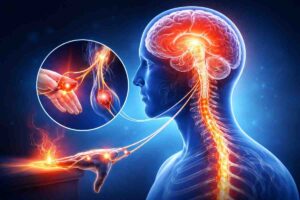Anyone from my generation who believed in the supernatural powers of saving lives did so because of two reasons—Peter Parker and C. J. Parker. The first was the character of the Amazing Spiderman and the second, of course, was Pamela Anderson’s character in the popular hit series Baywatch.



